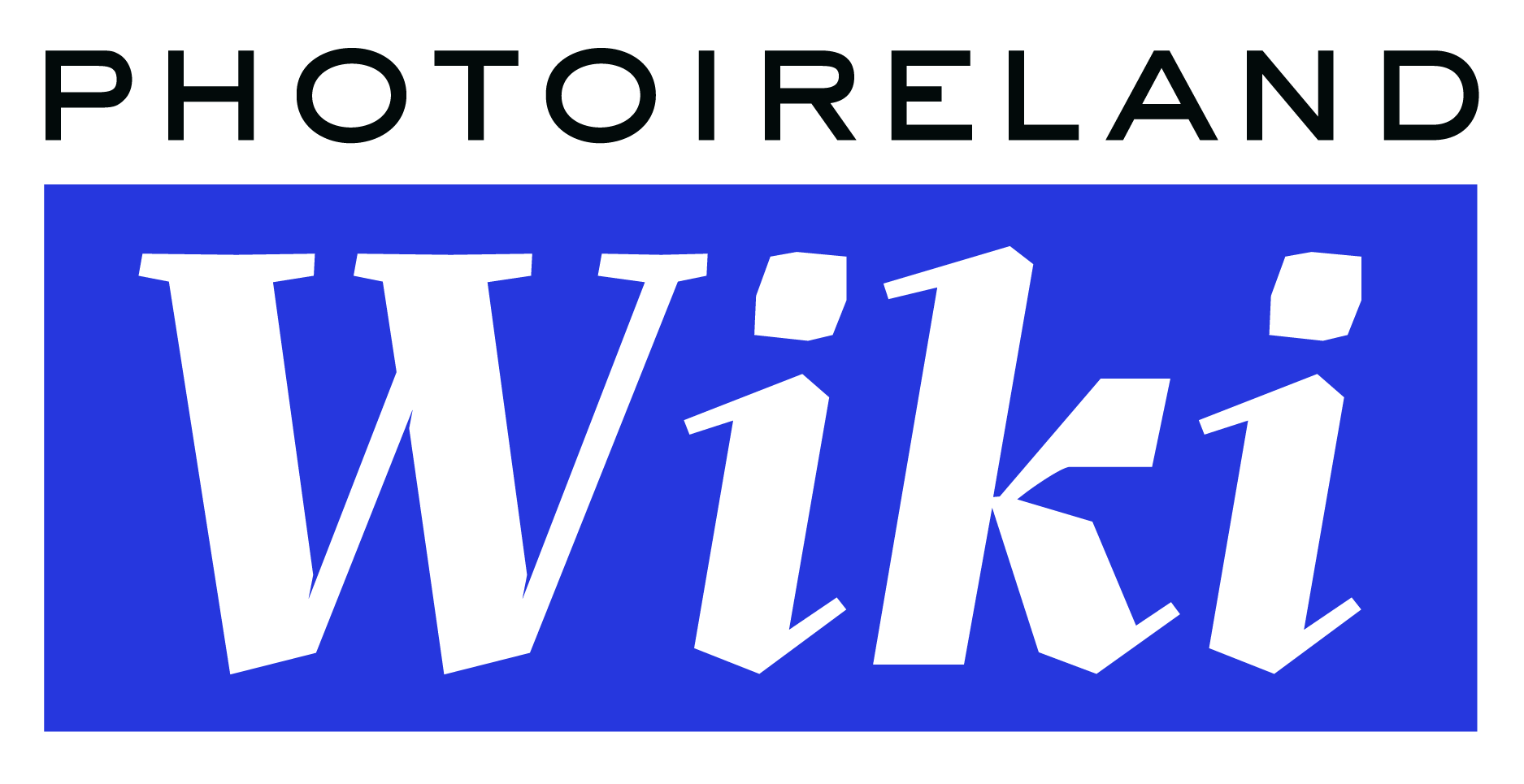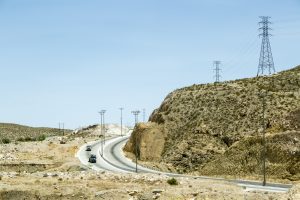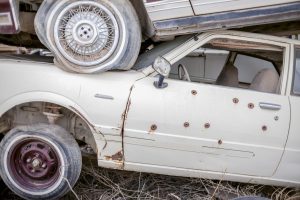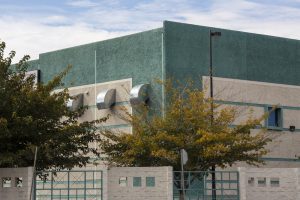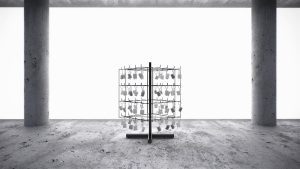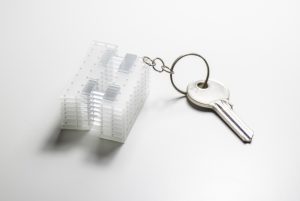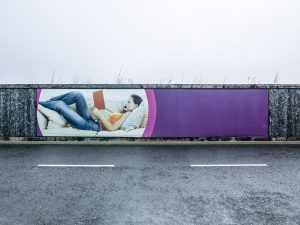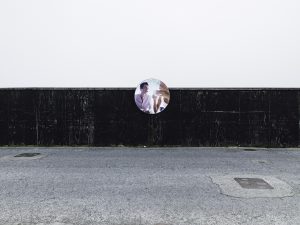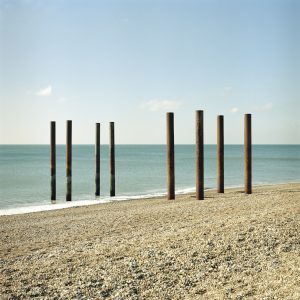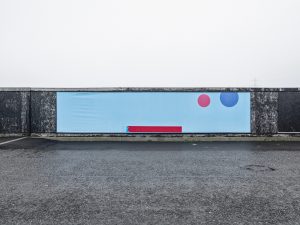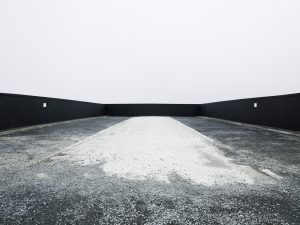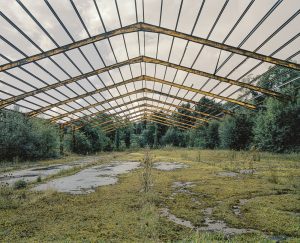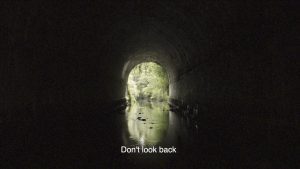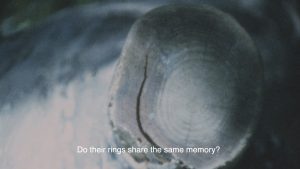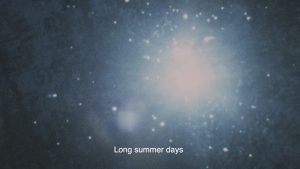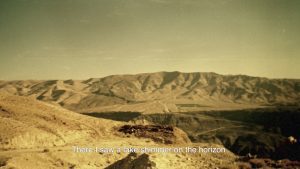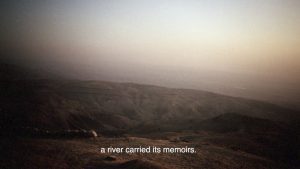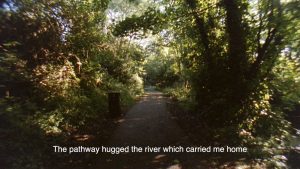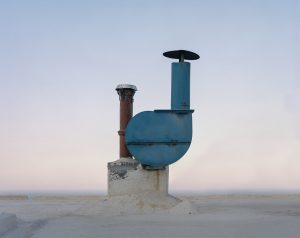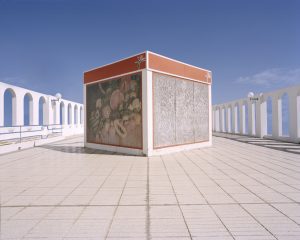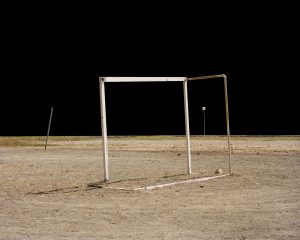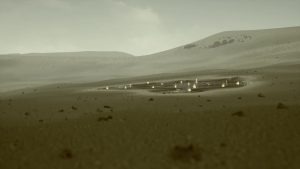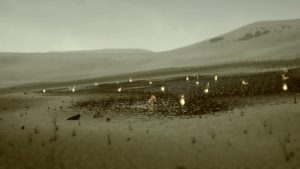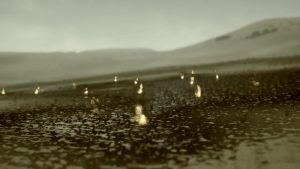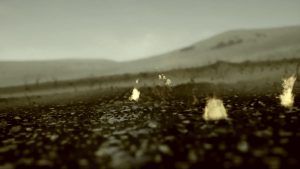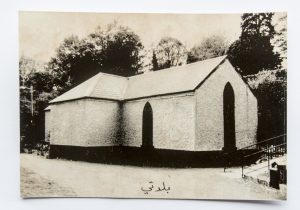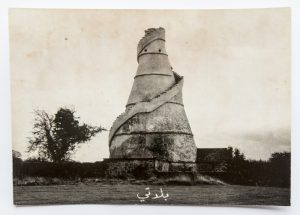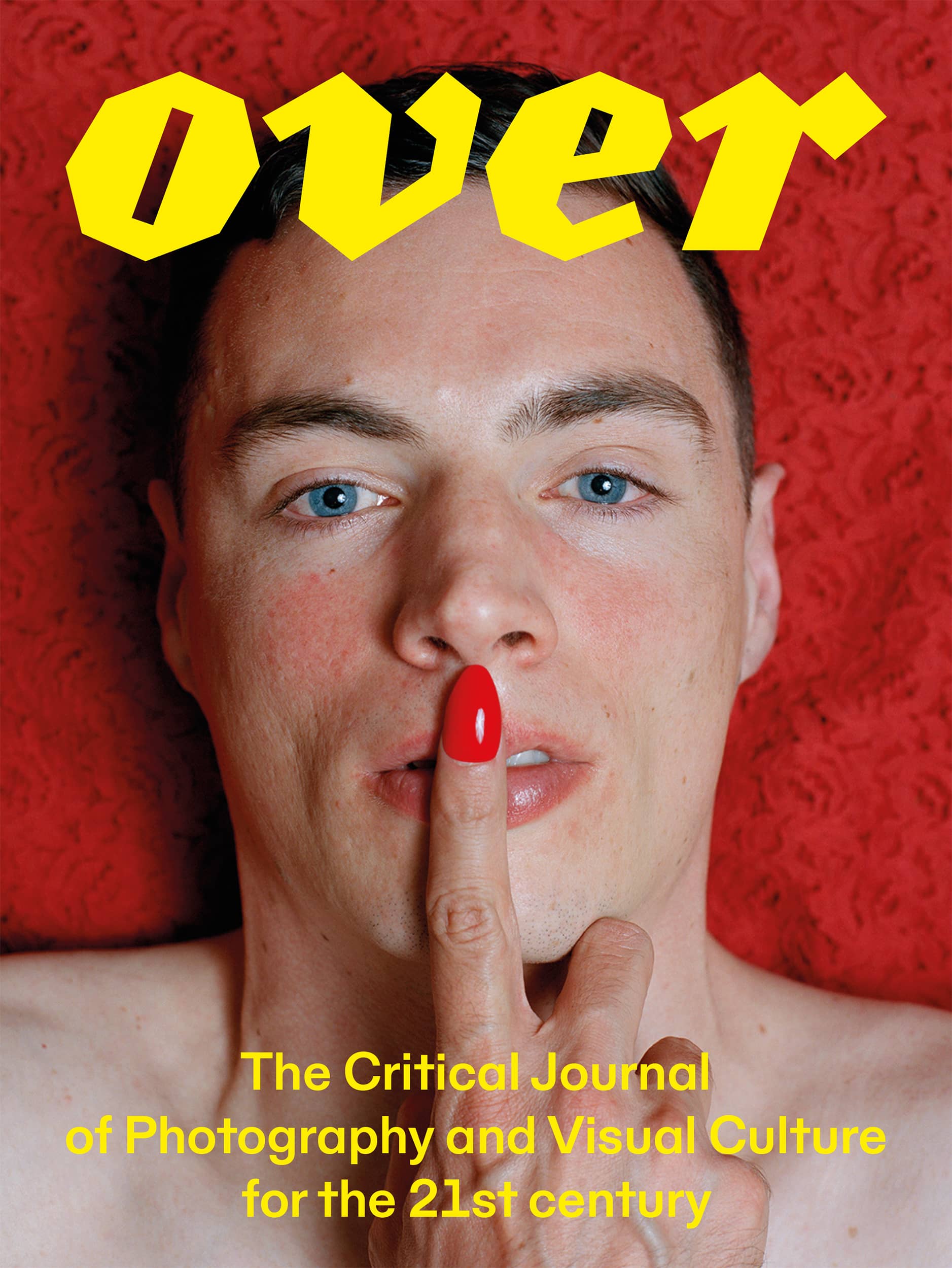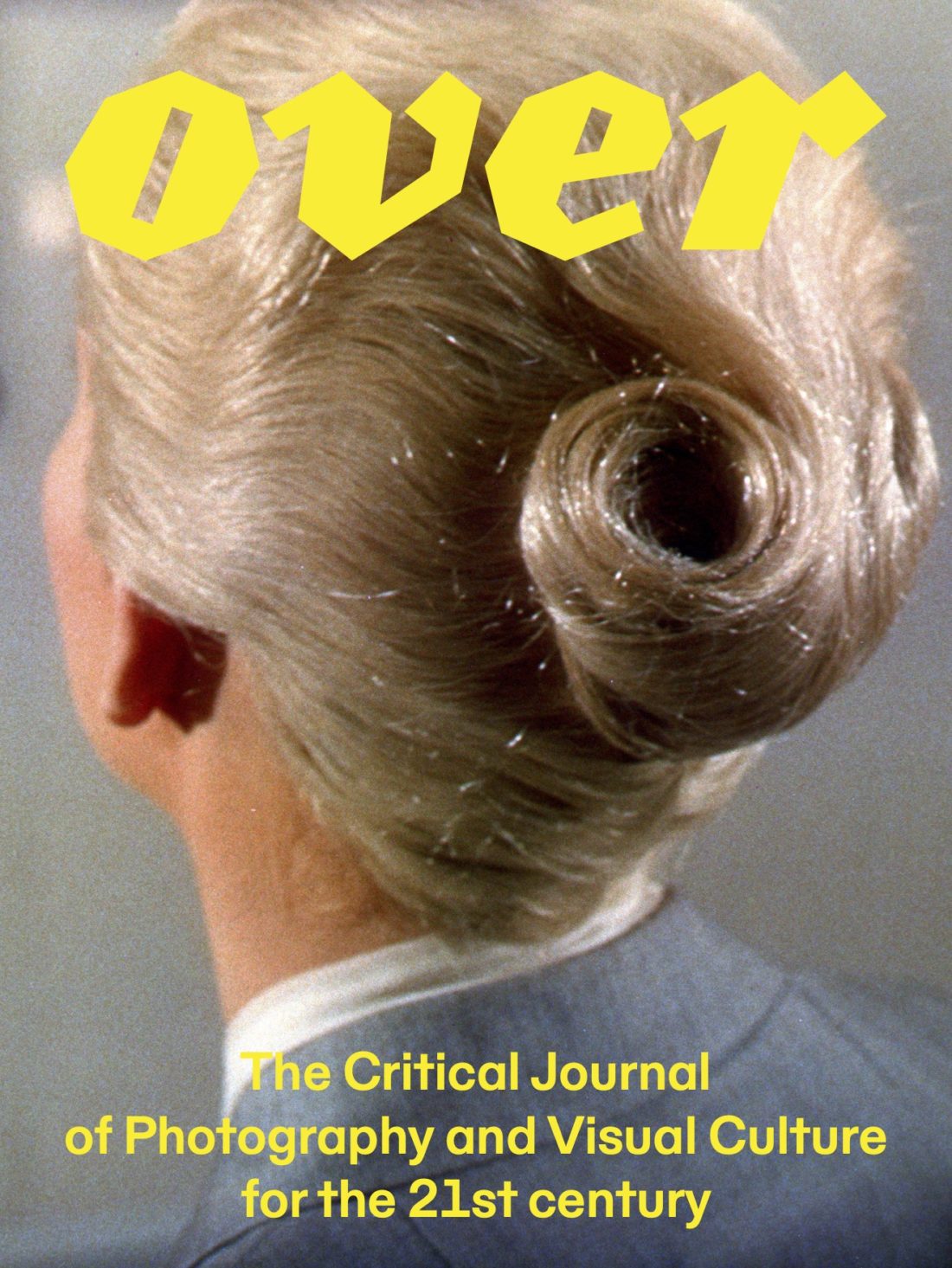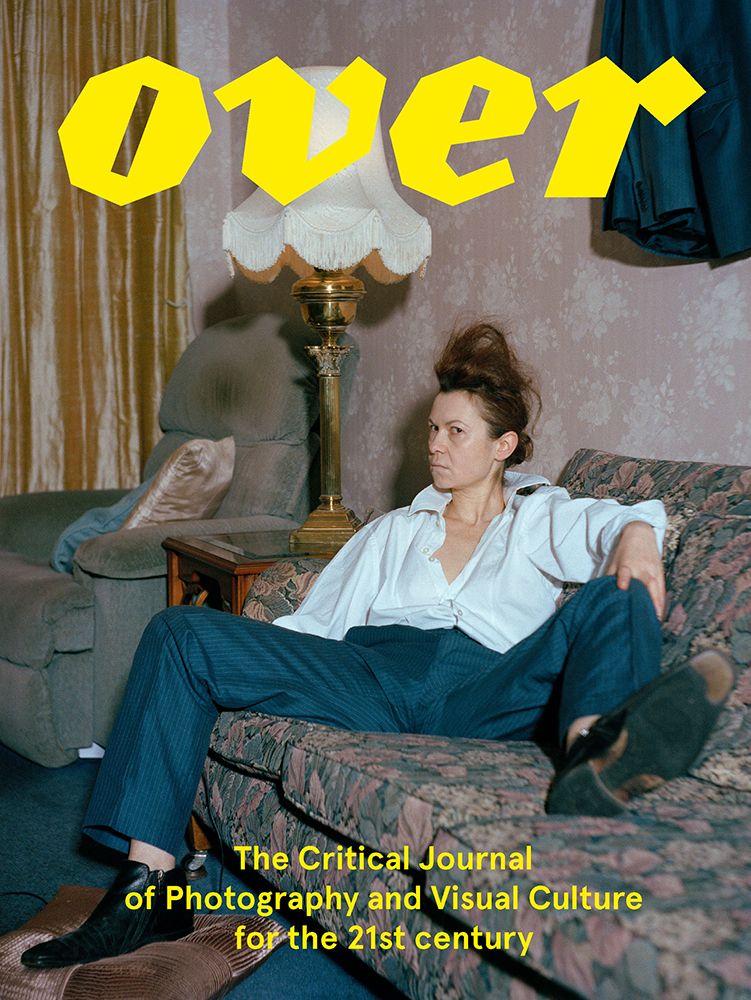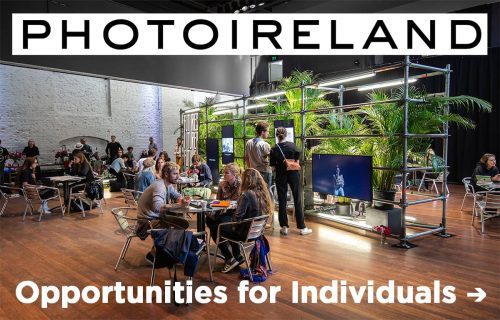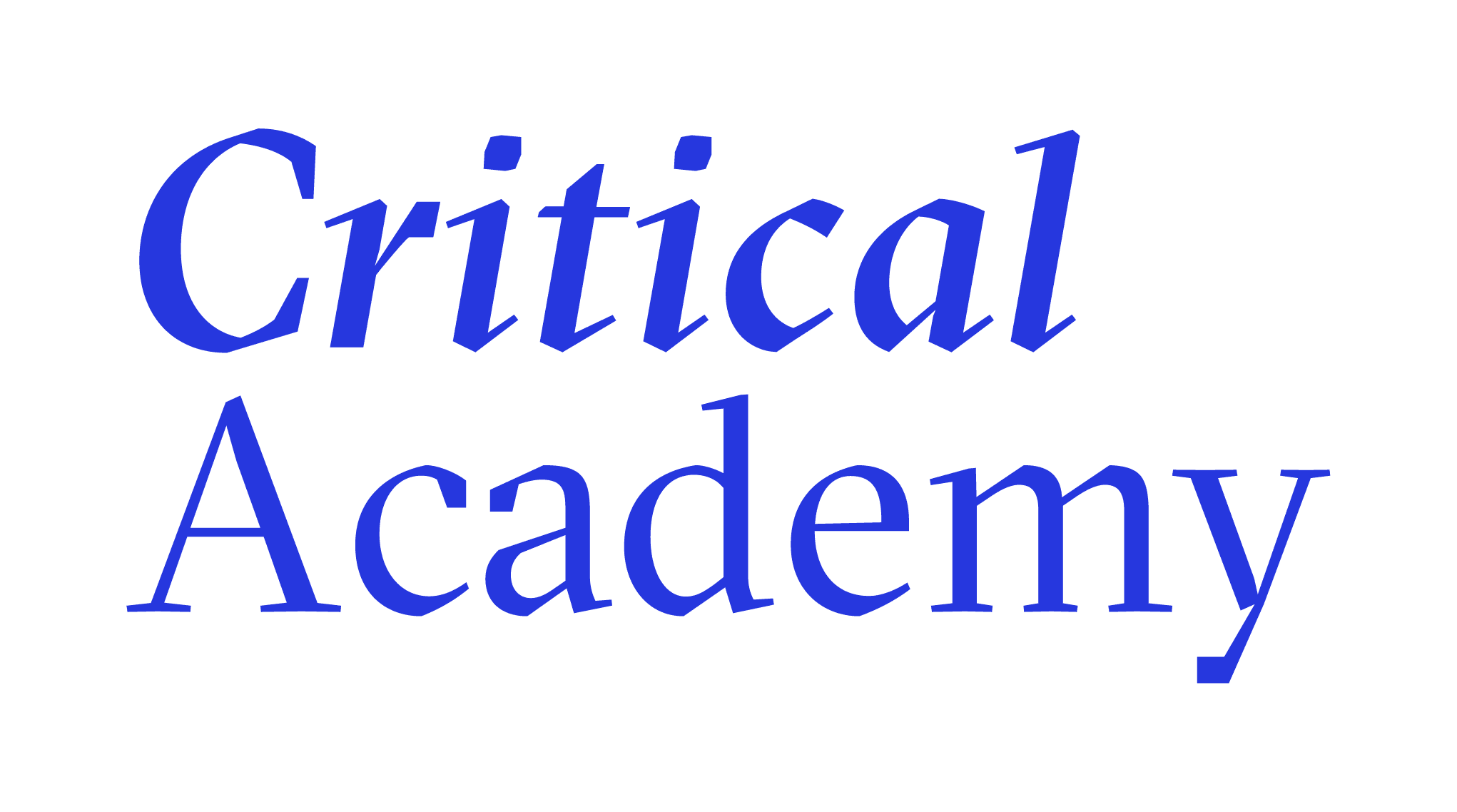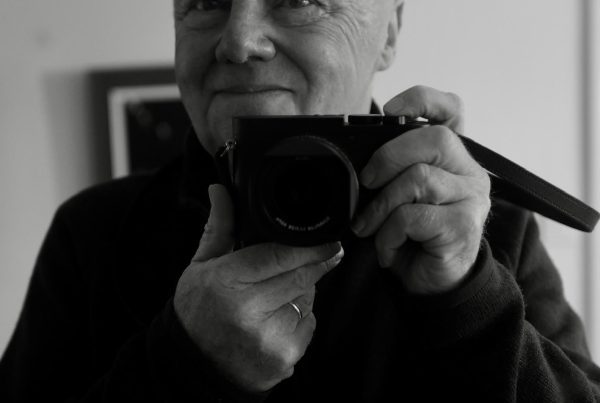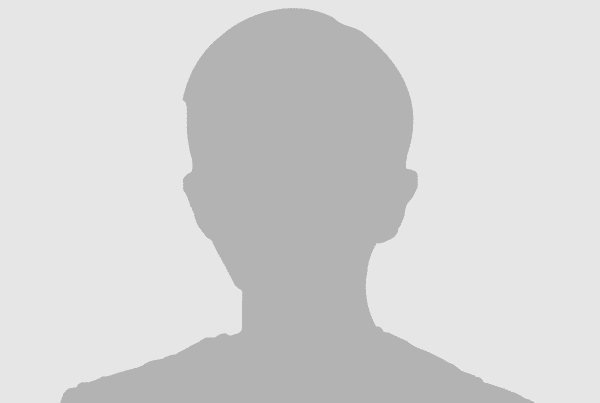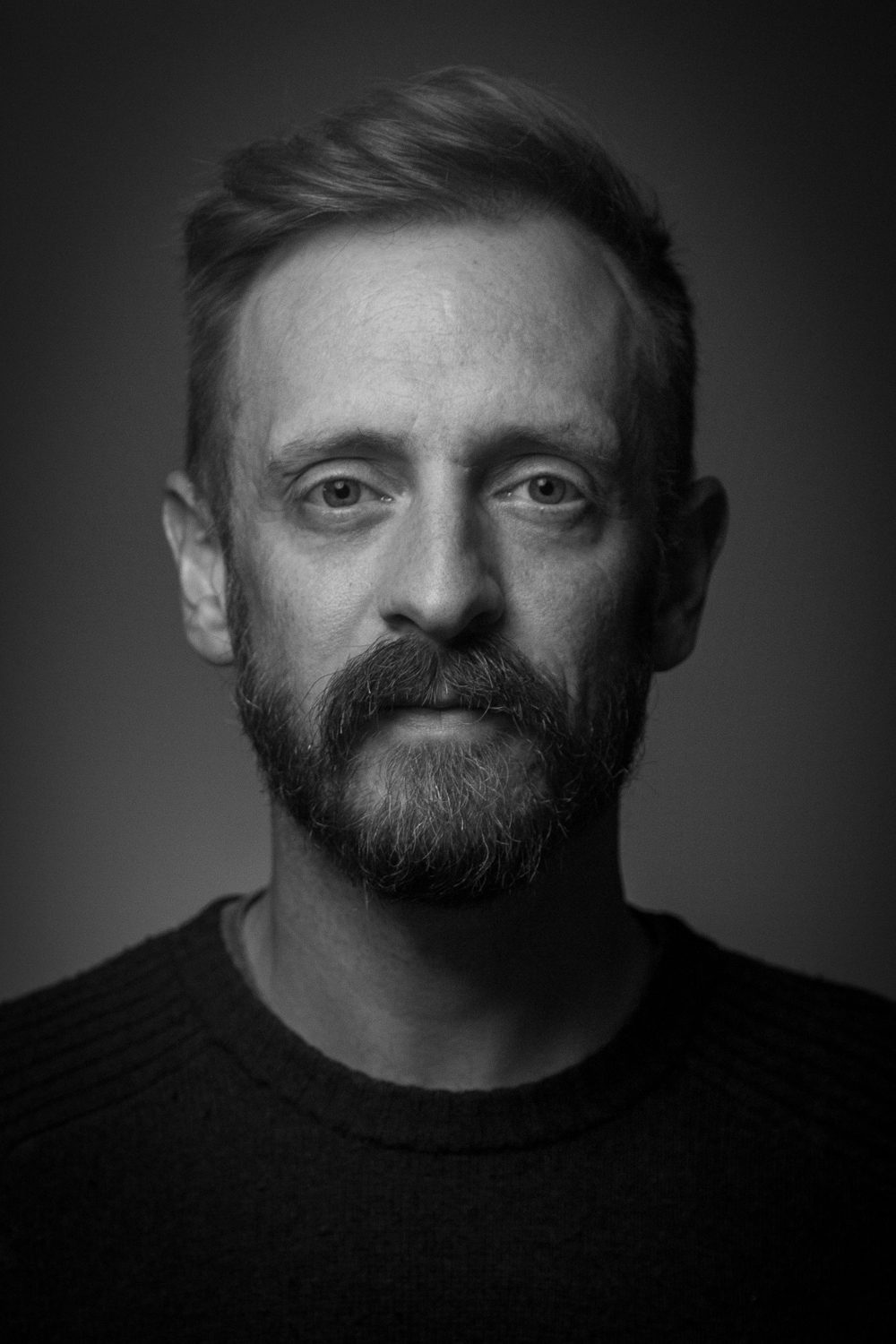
Basil Al-Rawi is an Irish-Iraqi visual artist working with photography, moving image, and simulation. His practice is concerned with the landscapes of memory, identity, politics, and mediated reality. Remediation, reconstruction, and intervention are central to his process. He explores the potential of recomposing archival material as simulations to form virtual bonds with the past and create expanded photographic moments. Permeating his practice is a desire to mediate, rearrange, and reconstruct image-based reality.
He has exhibited at PhotoIreland, IMMA, Rua Red, RHA, The Photographers Gallery, and the Institute of International Visual Arts, amongst others. Along with a degree in English and sociology, he is a cinematography graduate of the National Film School at IADT and holds an MA in Photographic Studies from the University of Westminster. In 2019 he received a scholarship from The Glasgow School of Art and SGSAH to pursue PhD research at the School of Simulation and Visualisation. His practice-based project is concerned with utilising vernacular archive photographs, audio-visual oral histories, and Virtual Reality to explore the creative reconstruction of photographic moments and associated memories from Iraqi diaspora. The first stage of this project is the Iraq Photo Archive, and the research will culminate in 2022.1
Publications
Appears in
- 2016, Imago Mundi, 2016. An Image of Ireland: Contemporary Artists from Ireland, Fabrica, 9788899657185 2
Exhibitions
Solo exhibitions
Group exhibitions
- 2022, May 23 – Jul 24, 192nd Annual Exhibition, RHA, Dublin, Ireland
- 2021, Sep 27-Oct 30, 191st Annual Exhibition, RHA, Dublin, Ireland
- 2020, Oct 20-Dec 13, 190th Annual Exhibition, RHA, Dublin, Ireland
- 2020, Oct, Displacements, MExIndex, Online.
- 2020, Dec 11-Jan 20, Winter Open, Rua Red, Dublin, Ireland
- 2019, July, Museum TV, Ángel Luis González, Museum of Contemporary Photography, Dublin, Ireland
- 2018, May 22 – Aug 11, 188th Annual Exhibition, RHA, Dublin, Ireland
- 2018, Dec, Make Haste Slowly, Tamra Derksen/Brendan Fox/Nicole Di Sandro, Goethe-Institut Irland, Dublin, Ireland
- 2017, May 2 – June 29, Regarding the Hispanic World (PhotoIreland Festival), Instituto Cervantes, Dublin, Ireland
- 2016, Nov 7 – Dec 23, Winter Open, Rua Red, Dublin, Ireland
- 2015, Sept 10-25, Quantum Leap (Foundation 15), Brendan Fox, Tullamore, Ireland
- 2015, Sept 10-25, Quantum Leap, (Foundation 15) Irish Museum of Modern Art, Brendan Fox, Dublin, Ireland
- 2015, Sept 10-20, Strangers; Here; Ourselves. IMOCA, Steambox, Dublin, Ireland.
- 2014, Sept 15-28, Battery, Foundation 14, Brendan Fox, Tullamore, Ireland
- 2014, Dec, On Borrowed Time, Layal Ftouni, Institute of International Visual Art, London
- 2013, Ballarat International Foto Biennale, Ballarat, Australia
- 2013, July, Fresh Faced Wild Eyed, The Photographer’s Gallery, London
- 2012, State of the Nation (6th Annual Westphoto Photography Prize, Ambica P3, London
Projects
- House of Memory / الذاكرة بيت (WIP/2022)
A digital reconstruction of a traditional Iraqi ‘Shanasheel’ house forms a central virtual environment through which remediations of photographs and spoken memories from the Iraq Photo Archive are brought to life. The Iraq Photo Archive, created during the first phase of practice-based PhD research at the School of Simulation and Visualisation at the Glasgow School of Art, is an online collection of vernacular photographs from Iraqi diaspora across the world. The collection is crowd-sourced, with participants describing the images as they see fit. A series of filmed conversations invited participants to describe their memory of a photographic moment, giving voice to the intangible and visually unrepresented elements, such as recollections of sounds and feelings. The digitalreconstruction of the ‘Shanasheel’ serves as a form of digital heritage preservation but also as a figurative and virtual home for the memory material. 3
- Irregularities (Ongoing)
Abnormalities of form introduce perceptive aberrations, rendering a certain kind of uncanniness. Photography’s propensity for illusion heightens this optical deception. This series seeks out human-made structures in stark relief with nature and which have become anomalous to their primary form. These peculiarities, when framed by the lens, take on a sculptural form and reveal nature’s hand in shaping interventions we’ve made on the landscape, and thus their inherent transitory condition.4 - The Salmon Leapt Toward Babel (2020)
The title of this project is drawn from the Gaelic name of my hometown Leixlip, which translates to ‘The Leap of the Salmon’. Every year, salmon battle against the current to swim upstream to spawn at their birthplace. This film combines archive photographs taken by me as a child in Jordan, with 8mm and 16mm film footage from Leixlip. Using vignettes of memories voiced by the me in Irish and Arabic which speak of half-remembered moments, the film explores memory, displacement, and identity.Film
Duration: 11:45 “As the film unfolds, the voiceover continually flips between languages and memories, gesturing toward traumas, while the images traverse two very different locales and times in the artist’s life. Nothing is ever quite still; even the still photographs, refilmed, appear to quiver with movement. The question of the narrator’s identity remains fluid and uncertain throughout…Yet from within the film, a visceral sense of clarity and cohesion pervades, its linguistic displacements do point toward difference, yet ultimately what they achieve is an overall aura of synthesis. Across three languages and two places, it is one human being who speaks.”Richard Ashrowan, curator of ‘Displacements’, MExIndex 2020 screening programme. 5
- Baba Gurgur بابا گرگر (Father Of Flames), 1927 (2019)
This work derives from a black-and-white archive photograph taken at Baba Gurgur in northern Iraq in 1932, the site of Iraq’s first oil discovery. It depicts natural gas fires seeping through cracks in the rocks, ‘eternal flames’ believed to have burned for at least 4,000 years. These perpetual flames heralded the birth of Iraq’s oil industry. When oil was struck there on October 15th 1927, 95,000 barrels of oil per day gushed high into the airfor 10 days. Baba Gurgur became the centre of a resource struggle between the British, who controlled the territory at the time, the French, who controlled optimal pipeline routes, and the Americans, who feared the glut of Iraqi oil would threaten their dominant position in the market at the time. The fires at Baba Gurgur are still burning today, surrounded by the Kirkuk oil production facilities, still a contentious and vital strategic resource. The archival photograph condenses geological time and the origin of current middle-eastern geopolitical conflicts, economic ideology, and environmental catastrophe. This work is created using a video game engine, a meditation on the technology used in military conflict training and entertainment. It begins as a macro view, slowly tracking back to reveal a simulation of the landscape as based on the original photograph. The work creates a virtual bond with the past, transporting the viewer to a temporal space that encourages reflection on the provenance of current traumas.Animation
Duration: 15 minutes 6
- Wie Ange Ist Eine Inie? // How Long Is A Line? (2018)
How long is a line? is a collaborative framing mechanism that aims to insight discourse around the themes interrogated through Make Haste, Slowly, an exhibition concerned with radical pedagogy and alternative structures of seeing. This dual-sited work, drawing a metaphorical line through Dublin, consists of a camera concealed inside a box mirror located in the Return Gallery of the Goethe-Institut, a German educational institute, on Merrion Square and a receiving monitor placed in the window of the proletariat surroundings of The Clock, a public house on Thomas Street. Through live streaming the workings of the exhibition’s installation and day to day gallery events we decentralise the happenings occurring within the formal exhibition nucleus extending a duality of representation of the action and art to the viewer. This line drawn from one discursive space to another may be considered a vinculum, a unifying bond, connecting formal and informal sites of discourse concerned with the exhibition happenings or a mechanism of division that amplifies a dissonance between these distinct contexts. Extending itself through space and time How Long is a Line? operates in these locations simultaneously, centering the individual both inside and outside the institution. Wooden frame, two-way glass, internet camera, vinyl text. 7 8 - Across the Bridge of Dreams (2017)
Ciudad Juarez sits on the Mexican bank of the Rio Grande. On the other side of the fence, directly opposite and in surreal proximity, is El Paso, Texas, USA. Juarez is a city scarred by profoundly complex geopolitical, social and economic issues including drug cartel violence, femicide and poverty. A brutal drug cartel war escalated in 2007, leading to widespread violence and a major crackdown by police and the army. In 2010 Ciudad Juarez was the most violent city on earth, with 3,500 murders occurring. The same year, El Paso Texas was named the safest large city in America. For women, Juarez has been a notoriously dangerous place to live. Since 1993, femicide, the intentional gender based killing of women, has led to hundreds of violent deaths of women in Juarez, many of which have gone unreported.These images were taken between 2012 – 2015 during the filming of two documentaries; Blood Rising which deals with femicide, and Frontier Revolution which explores the prospects for the young people of Juarez in the aftermath of the cartel war. They seek to explore the economic and social terrain of this frontier – a landscape ofbrutal paradox, where brightly painted edifices and publicly funded sculptures juxtapose with dilapidated concrete dwellings, body dumps and the dust of the Chihuahuan desert. 910 - Close to Home (2014)
This is a collection of postcards from my hometown, a place filled with conflicting emotions, mixed with memories, cultures and desires. Through a process of subtle digital manipulation, the structures in these images have been altered. The textual inscription, traced from my father’s handwriting, reads: ‘my hometown’.These postcards were delivered by hand to my relatives during the most recent conflict in Iraq, when there was no functioning postal service. The postcards were filled in by my relatives and returned to me by my father. 11 - 64 Billion Revolutions // Skeleton Key (2013)
64 Billion Revolutions is a sculptural and temporal response to the 2008 Irish bank guarantee and subsequent bailout of the banking sector. Years of unsustainable property development fuelled by negligent lending practices and a global financial downturn plunged Ireland into a grave economic crisis in 2008. A severe programme of fiscal austerity followed, forcing tens of thousands into unemployment, poverty and emigration. Anglo Irish Bank’s fraudulent practices exacerbated the extent of the crisis.This work takes the skeletal remains of the defunct Anglo Irish Bank HQ in Dublin as its subject and renders it as a keyring – a ironic souvenir of the crisis. The title refers to the total cost of the bank bailout and the number of full revolutions of the carousel to match it; an impossible figure to observe.A 3D printed version of the keyring entitled ‘Skeleton Key’ accompanies this work.12 - Façade (2012)
The Irish property bubble burst in 2008, precipitating one of the worst economic crises of any nation since the Great Depression and a programme of severe fiscal austerity. As credit dried up and developers went into receivership, developments were abandoned at various stages of completion. Empty housing estates, skeletal buildings and zoned wastelands scarred the landscape for many years.Many sites on the periphery of towns and cities were left encircled by hoardings, some covered in hyperreal imagery and grandiose slogans which contradicted the reality. These fences obstructed our view and acted like screens, projecting a fictional past over the present reality.They became part of the topography of the country, relics of an illusionary age.
13
Works
- El Camino Real
- Across the Bridge of Dreams
- Unidentified maquiladora
- 64 Billion Revolutions, animation still
- Skeleton Key
- Home for Good
- Untitled#2
- Brighton Beach no.1
- Come On In…The Water’s Great
- Untitled#3
- Tessellation
- The Salmon Leapt Toward Babel, film still
- The Salmon Leapt Toward Babel, film still
- The Salmon Leapt Toward Babel, film still
- The Salmon Leapt Toward Babel, film still
- The Salmon Leapt Toward Babel, film still
- The Salmon Leapt Toward Babel, film still
- Sentinel
- Heliostat
- Irregularity#2
- Baba Gurgur بابا گرگر (Father Of Flames), 1927_Animation
- Baba Gurgur بابا گرگر (Father Of Flames), 1927_Animation
- Baba Gurgur بابا گرگر (Father Of Flames), 1927_Animation
- Baba Gurgur بابا گرگر (Father Of Flames), 1927_Animation
- The Scouts Den
- The Wonderful Barn
External links & References
https://www.telegraph.co.uk/culture/photography/10064215/Fresh-Faced-Wild-Eyed-2013.html
https://iniva.org/programme/projects/on-borrowed-times/
http://www.ruared.ie/gallery/exhibition/call-for-submissions-rua-red-winter-open-hindsight-2020
http://www.acw.ie/2018/11/make-haste-slowly-at-the-return-gallery/
- “About” Basil Al-Rawi https://basilalrawi.com/about
- https://store.fabrica.it/products/2016-an-image-of-ireland-imago-mundi
- https://www.iraqphotoarchive.com https://www.iraqphotoarchive.com/research
- https://www.basilalrawi.com/#/irregularities-1/
- https://www.basilalrawi.com/#/the-salmon-leapt-toward-babel/
- https://www.basilalrawi.com/#/babagurgur/
- https://www.basilalrawi.com/#/how-long-is-a-line/
- http://www.acw.ie/2018/11/make-haste-slowly-at-the-return-gallery/
- https://www.basilalrawi.com/#/across-the-bridge-of-dreams/
- https://festival.photoireland.org/2017/news/hispanic-world-results/
- https://www.basilalrawi.com/#/close-to-home/
- https://www.basilalrawi.com/#/64-billion-revolutions-skeleton-key/
- https://www.basilalrawi.com/#/facade/
